About The Photographer
Denis Sodrznik is a passionate landscape and nature photographer born and raised in the beautiful town of Slovenske Konjice in the Styria region of Slovenia. He strives to capture photographs that convey the beauty of the Slovenian landscapes he explores in his spare time with his fiancée Karmen. His intention is to show the viewer details that we often overlook.
Denis’ passion for photography started in 2009, when he bought his first DSLR camera, and since then, he has been creating lots of truly stunning works. He soaked in everything he could about photography by reading books, studying the works of others, and going out to shoot as much as he could. Whether in the surroundings of his home town Slovenske Konjice, or during his trips across Slovenia, he continues to seek out the beauty in landscape photography. Furthermore, although known primarily as a landscape and nature photographer, Denis has also explored other fields of photography, including architecture, portraits, and close-up macro photography.
You can see some of Denis’ finest landscape and nature photos from all over Slovenia here below, and you can also visit his photography blog or his Facebook profile and enjoy more of his wonderful images.
Photo Gallery
A beautiful picture gallery containing 30 incredible landscape photos from all over Slovenia by Denis Sodrznik.
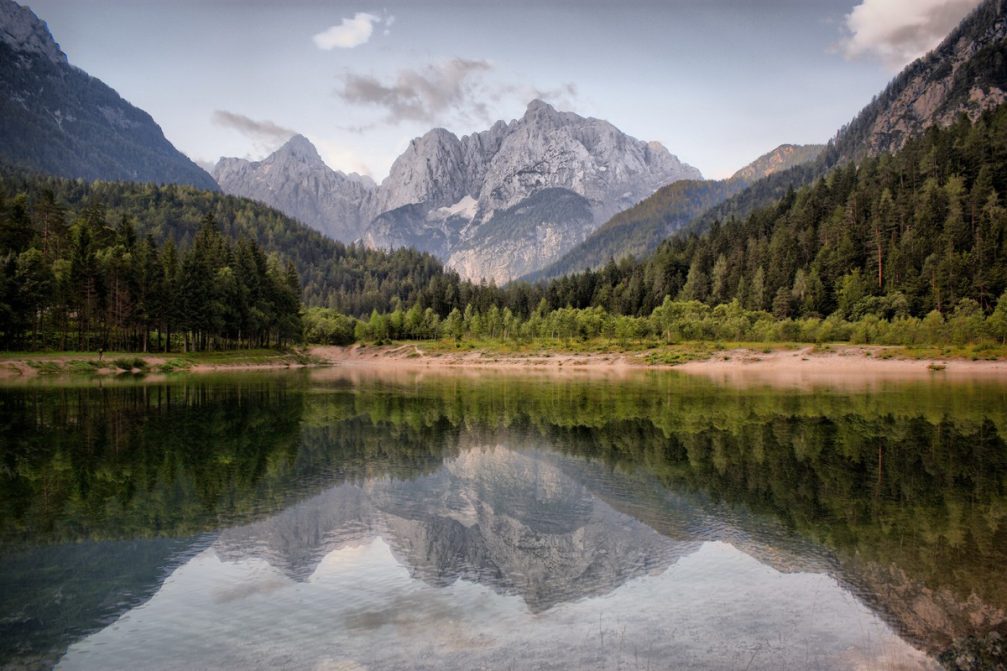
Lake Jasna is a picturesque and very tranquil lake located near the the village of Kranjska Gora in the alpine area of northwestern Slovenia, close to the Austrian and Italian borders. It can offer spectacular reflections of the surrounding mountains of the Julian Alps on a crystal-clear surface.
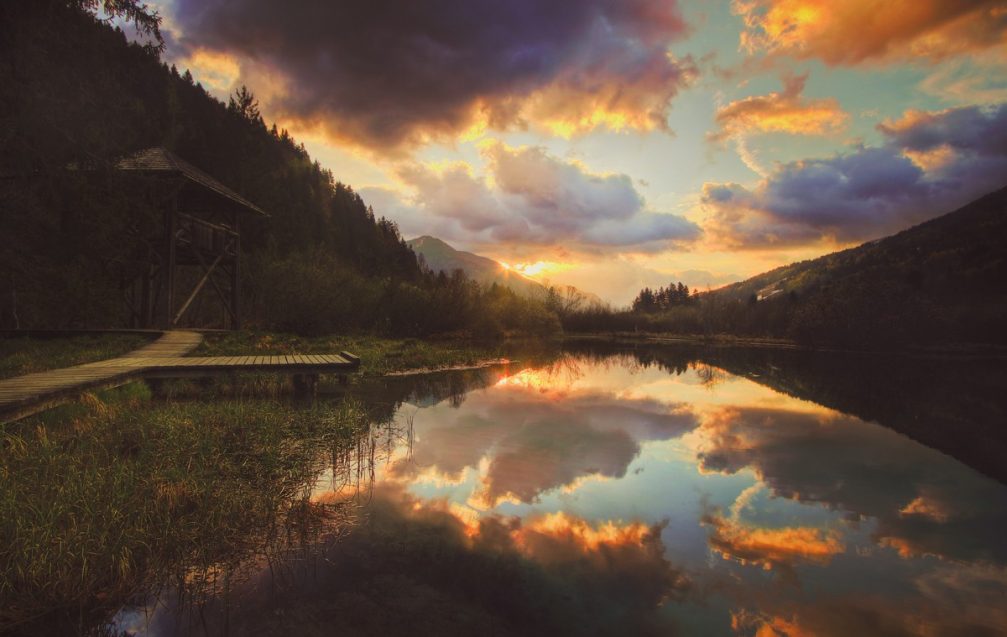
Another gorgeous natural wonder near the Kranjska Gora village is the Zelenci lake, which is part of the Zelenci Nature Reserve. Its serene atmosphere is surrounded by many diverse and endangered plants and flowers and the water is so clear and calm. Following a wooden footbridge, you can walk through the nature reserve and to the lake without doing nature any harm. And if you climb up the wooden observation tower you get fantastic views of the whole area.
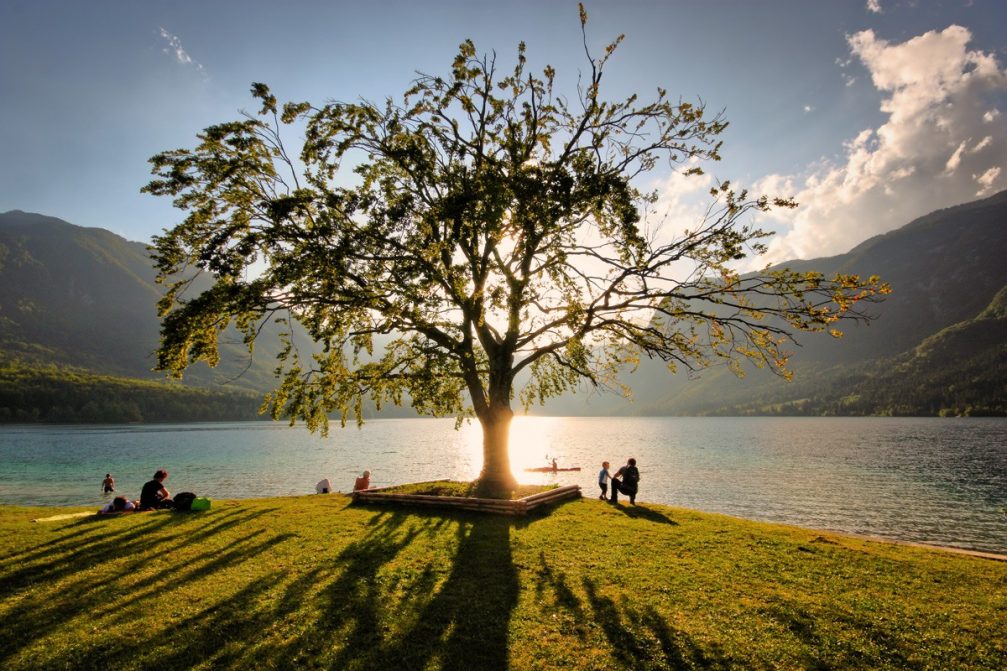
The most photographed tree in Slovenia stands alone by Lake Bohinj, which is Slovenia’s largest glacial lake located in the heart of the Triglav National Park below the mountains of the Julian Alps. Its crystal clear waters are ideal for swimming, kayaking, fishing or just admiring the fairytale landscape.
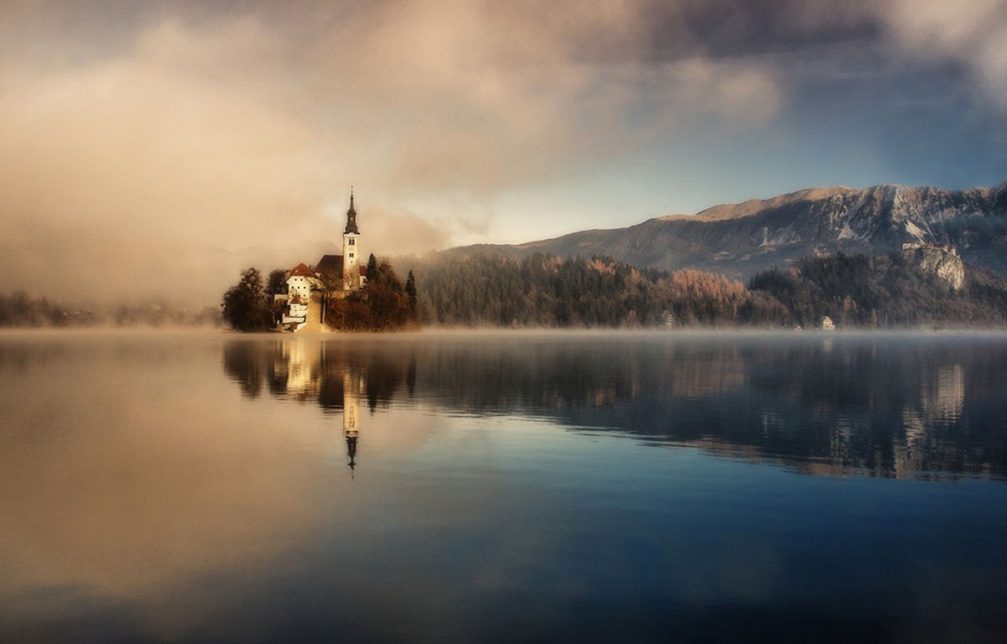
Lake Bled is a 2,220 meters by 1,380 meters lake of glacial and tectonic origins, with a maximum depth of almost 30 meters. It’s hemmed in by the stunning Julian Alps and famous for looking like it’s straight out of a children’s storybook with its little tear-shaped island in the middle of the lake, the medieval cliff-top castle and incredible panoramic views of the surrounding mountains.
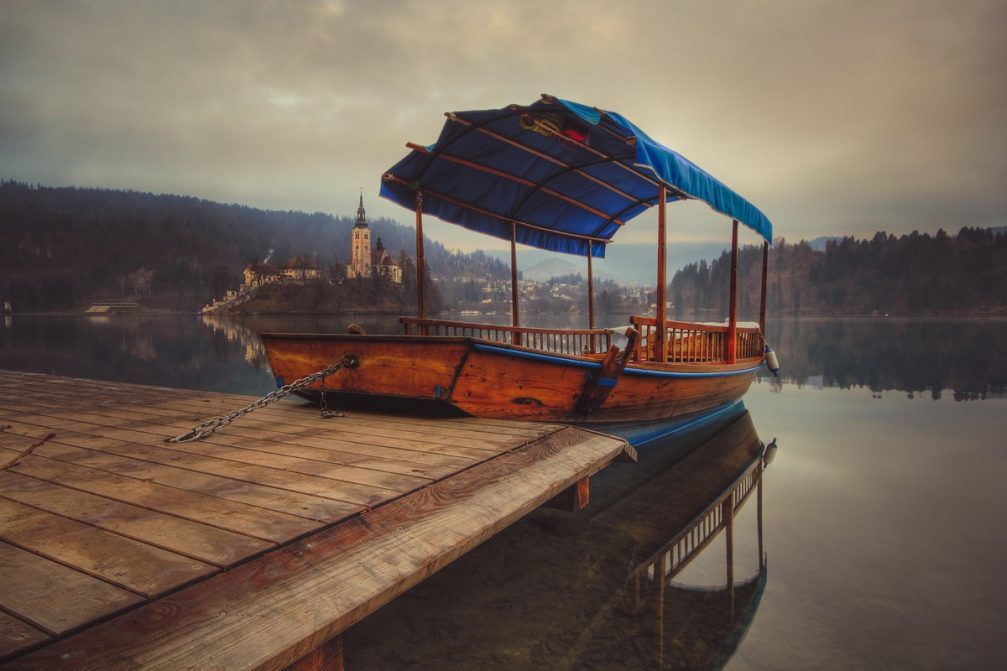
The Pletna boat has become an important symbol of Lake Bled and taking an excursion on Pletna is a lovely way to spend an afternoon. The cost is €14 per person round-trip including a half an hour of time to explore the island and visit the idyllic Church of the Assumption of Mary on the island. Pletnas are wooden, about seven meters long and two meters wide, with a wooden seating bench on both sides, and have a colored roof canopy. Like the similarly iconic gondolas of Venice, these boats carry on a many-generations-long tradition, and are still hand-built according to the same centuries-old designs. The boat is operated by the Pletna oarsman who rows standing up, which can be pretty difficult on windy days, as the flat-bottomed boat has no keel so the oarsman needs to be extremely skilled to steer it.
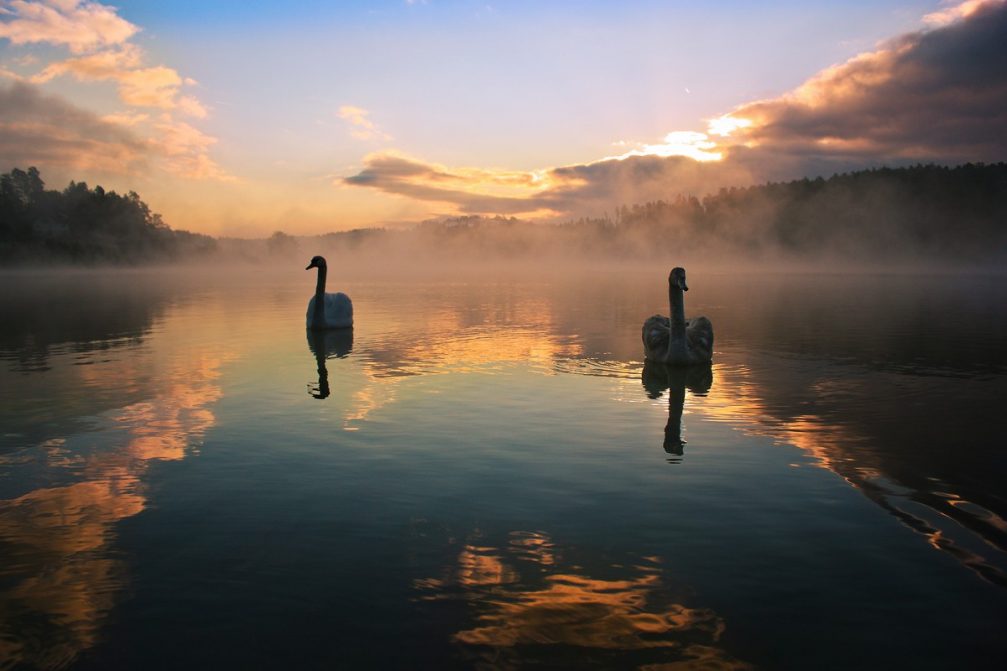
Lake Smartinsko Jezero is located near Slovenia’s third largest city Celje. It was created in 1970 and quickly became a very popular spot for fishermen, kayakers, walkers, cyclists, dog-walkers and nature lovers.
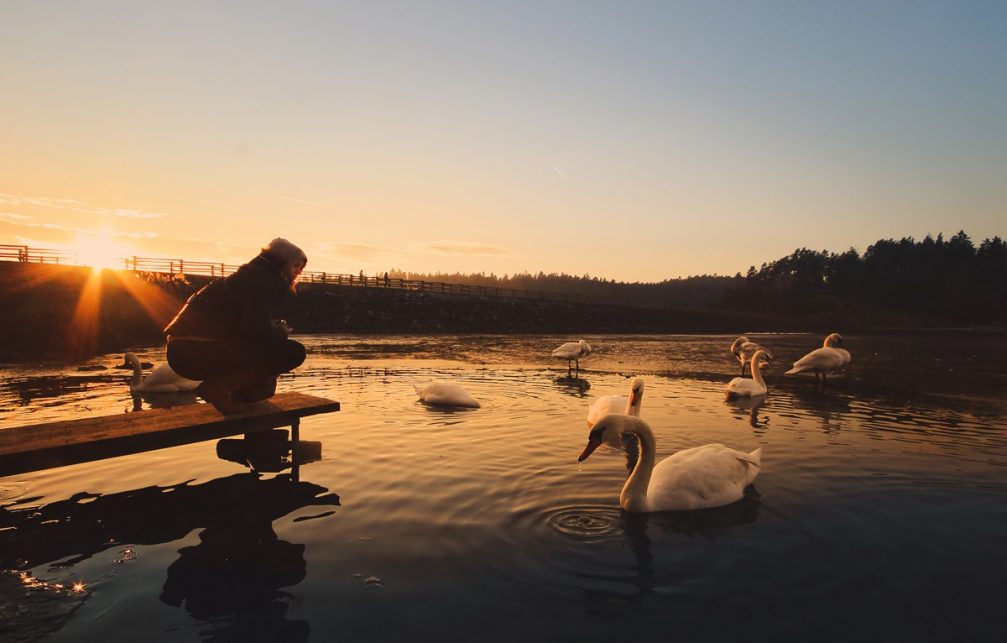
There’s a large flock of the most elegant white swans at the Smartinsko Jezero lake and they are so human-friendly they will basically eat out of the palm of your hand (though we don’t recommend you try it).
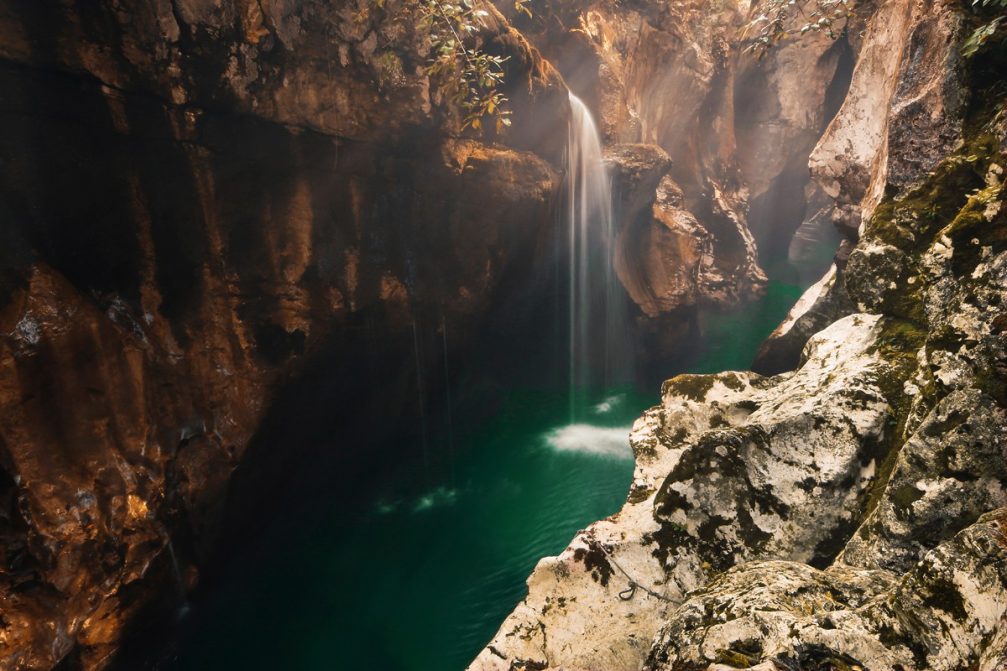
The Great Gorge of the Soca River is located next to the road from Bovec to Trenta immediately before the Soca village. It’s 750 meters long, 15 meters deep and at its narrowest section only 2 meters wide. What makes this gorge so striking is its precisely smoothed and sometimes overhanging rock walls, its narrowness, and the gorgeous emerald shade of the water.
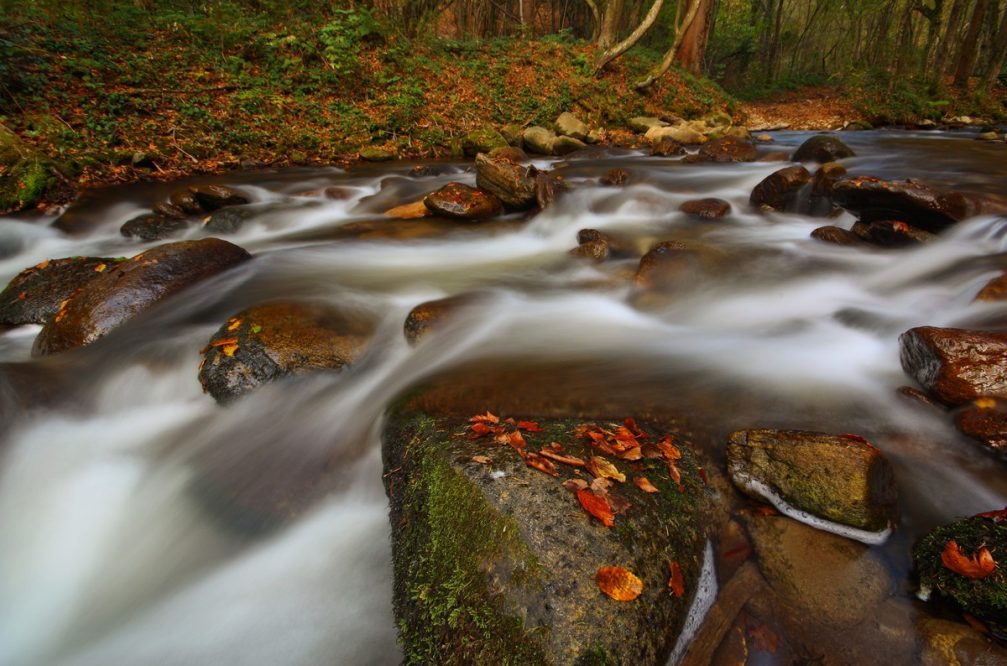
Bistrica Gorge or Bistriski Vintgar as it is called in Slovene is one of the most beautiful natural attractions in the Slovenska Bistrica area. The gorge (which is actually more a valley) is six kilometres long and was created by the Bistrica stream. The walk takes about 3 to 4 hours and is quite easy, not strenuous at all.
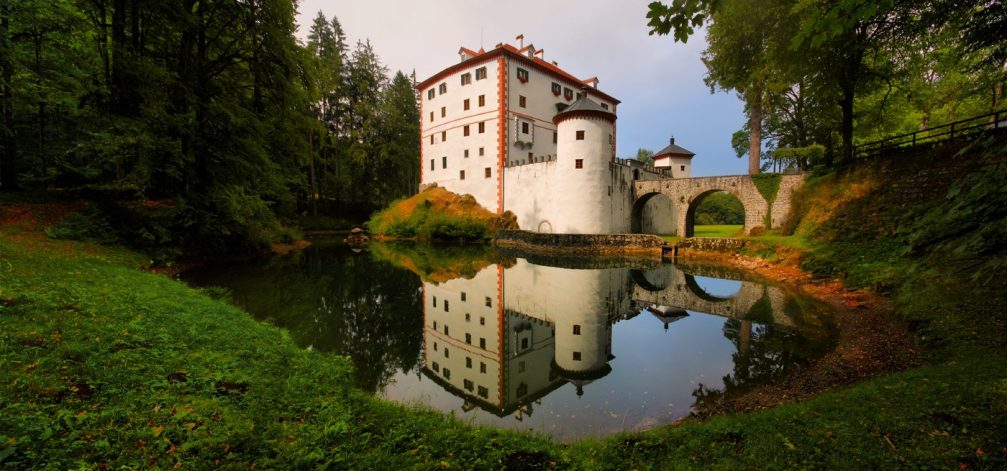
Built on a strategic spot on the edge of the Loz valley under the Sneznik mountains, the restored 13th-century Sneznik Castle is one of the most beautiful fortresses in Slovenia. It is surrounded by a beautiful park and vast forests with diverse wildlife (bears, boars, wolves, lynxes, wild fowl, deer, etc.). Through it rich and eventful history the castle passed through the hands of numerous owners who used it mostly as a hunting residence.
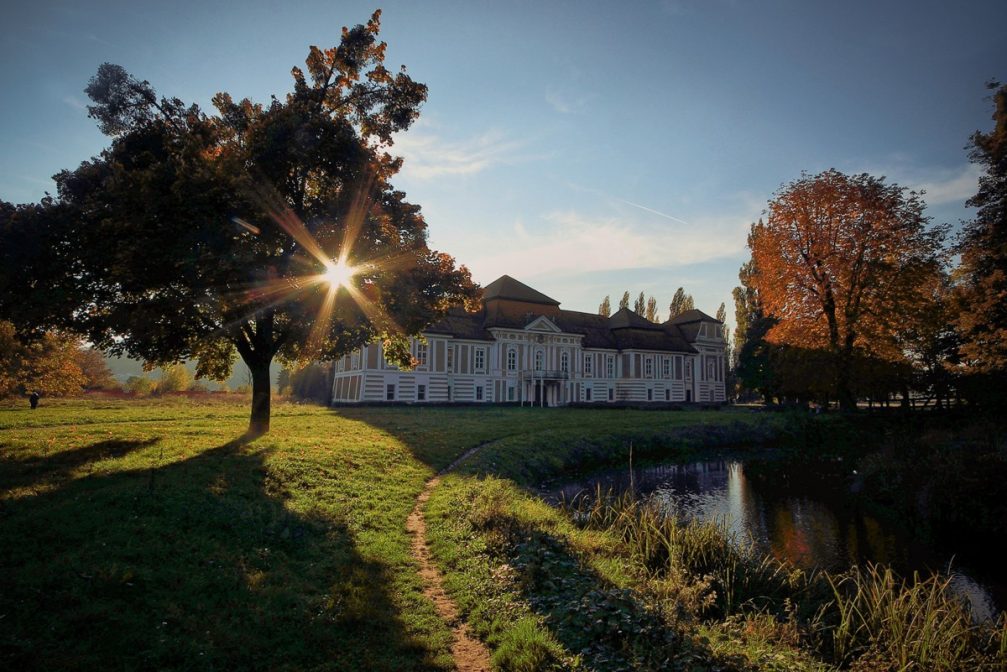
The scenic Betnava Mansion or Dvorec Betnava as it is called in Slovene is a manor house located near the city of Maribor in northeastern Slovenia and is definitely one of the most beautiful Baroque buildings in Slovenia. It’s surrounded by a lovely 19th-century English country park with a pond and small stream. Throughout the centuries the castle has changed owners many times, including the noble families of Herberstein, Khiessl, Auersperg, Ursini-Rosenberg, and Szekely.
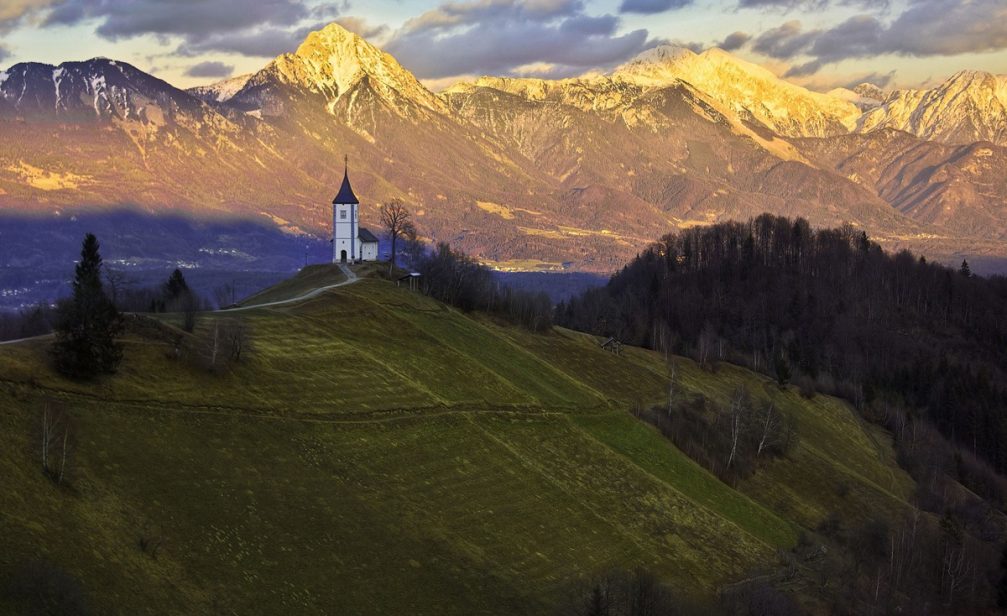
The church of Saints Primus and Felician in Jamnik is built on the top of a hill, overlooking those stunning panoramic views. It’s a medieval building with frescos of the Bolfgang Circle from the 15th century in the presbytery of the church and the Baroque interior equipment. The church was basically planned to be built nearer the Jamnik village, but the night before they started to built the church, all the building material was mysteriously transposed to the present location.
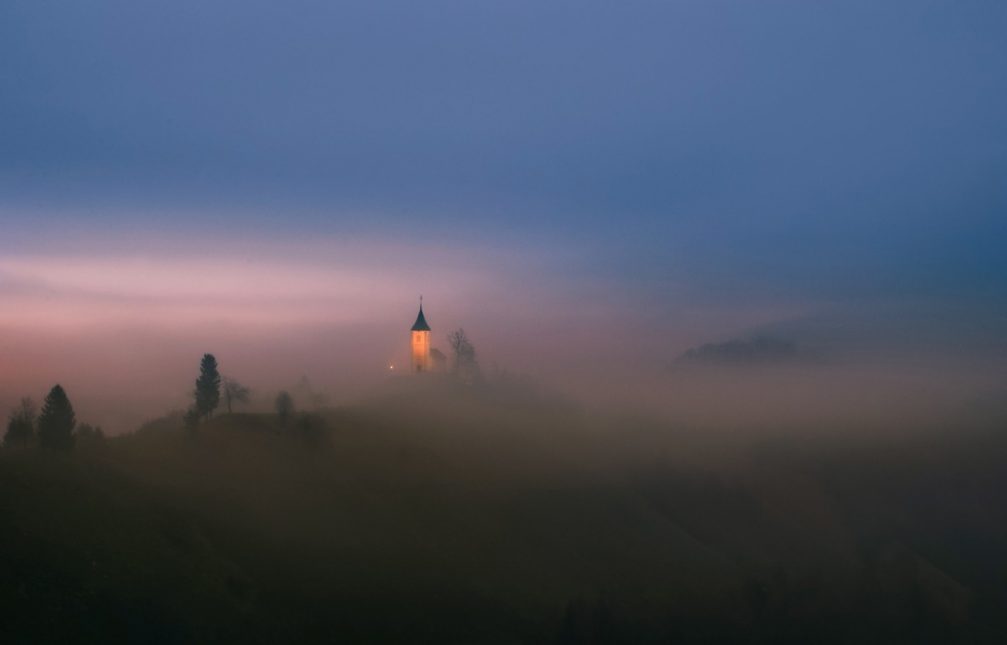
The illuminated beacon of the Jamnik church of Saints Primus and Felician, perched on a hill on the Jelovica Plateau and shining through the breaking fog. On account of its visibility throughout the Upper Carniola region of Slovenia, the church served as a non-fortified signal station in the time of the Turkish invasions (in the 15th and 16th centuries).
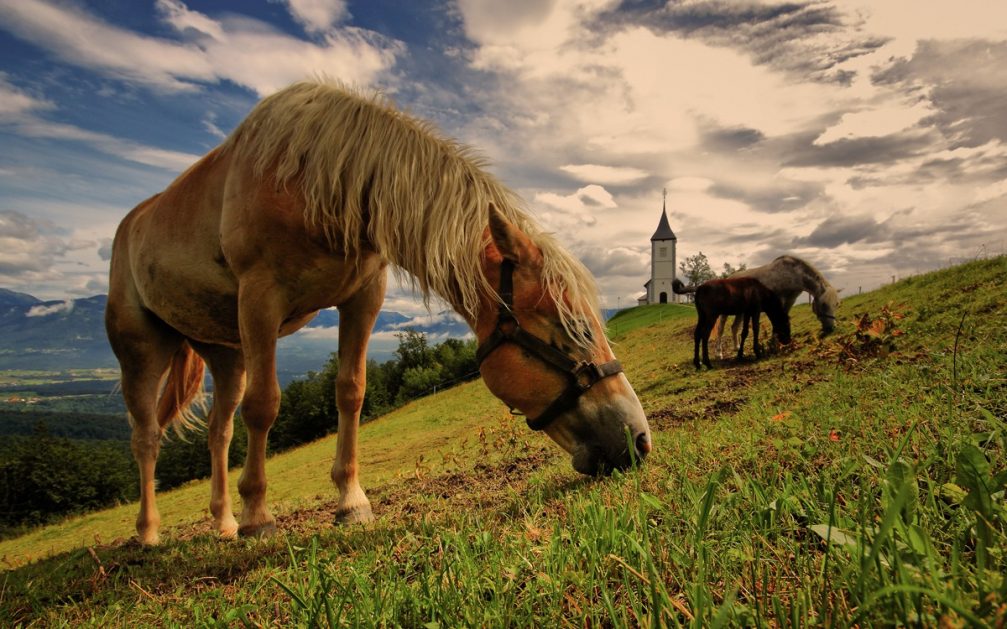
Visitors can approach the church of Saints Primus and Felician in Jamnik from a viewpoint and make some incredible photos. The views from the grassy ridge on which the church is built are truly absolutely stunning, especially on a clear and sunny day.
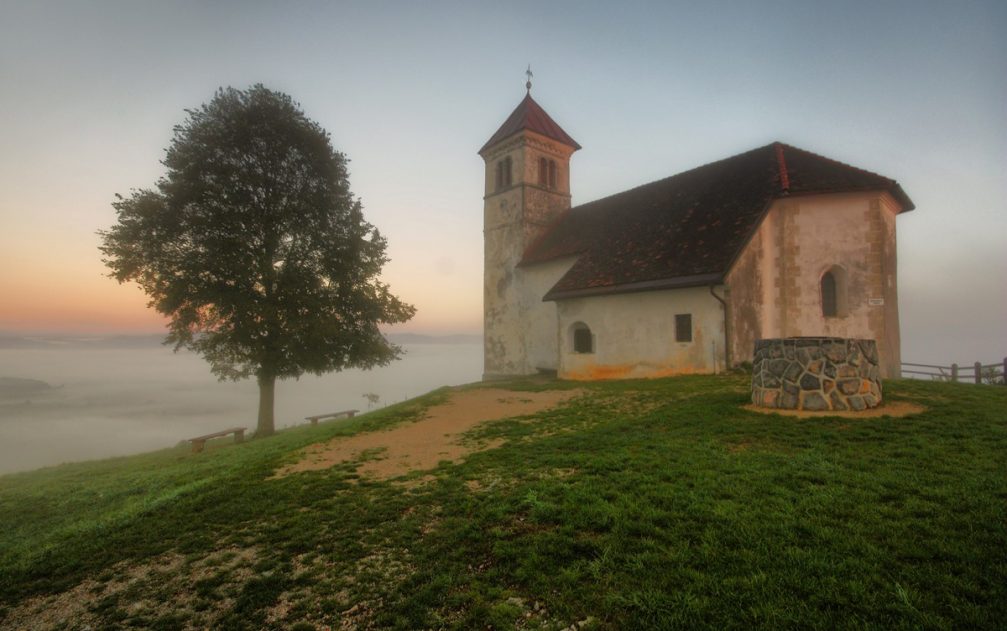
The church dedicated to Saint Anne or Sveta Ana as it is called in Slovene stands on top of the 484-meter-high hill above the fog-covered Ljubljana Marshes. It is a very popular destination for hikers, tourists and nature lovers that offers great views of the Ljubljana Marshes. The church was originally Gothic, but was reconstructed in the Baroque style in the late 16th or early 17th century.
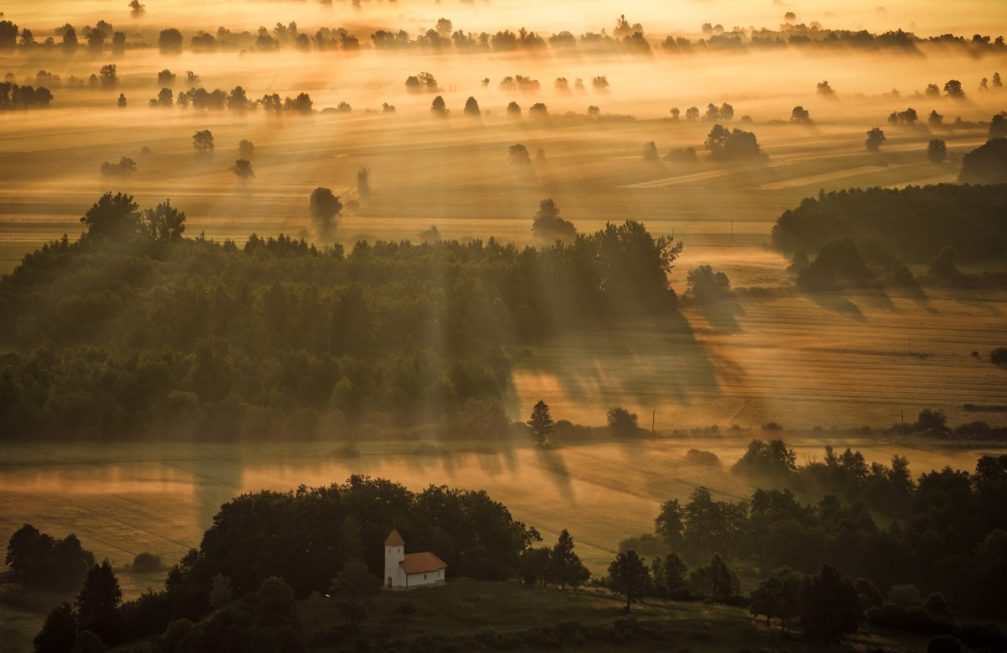
The Ljubljana Marshes extend over the south and southeast part of the Ljubljana Basin and measure approximately 160 square kilometres (approx. 61 square miles). It’s a very interesting and unique natural area of wetlands and peat bogs, known for its rare plant and animal species and for the remains of the prehistoric pile dwellings, which are among the most important sources of evidence for early human history from 5000 to 500 B.C. and are inscribed under the UNESCO World Heritage List.
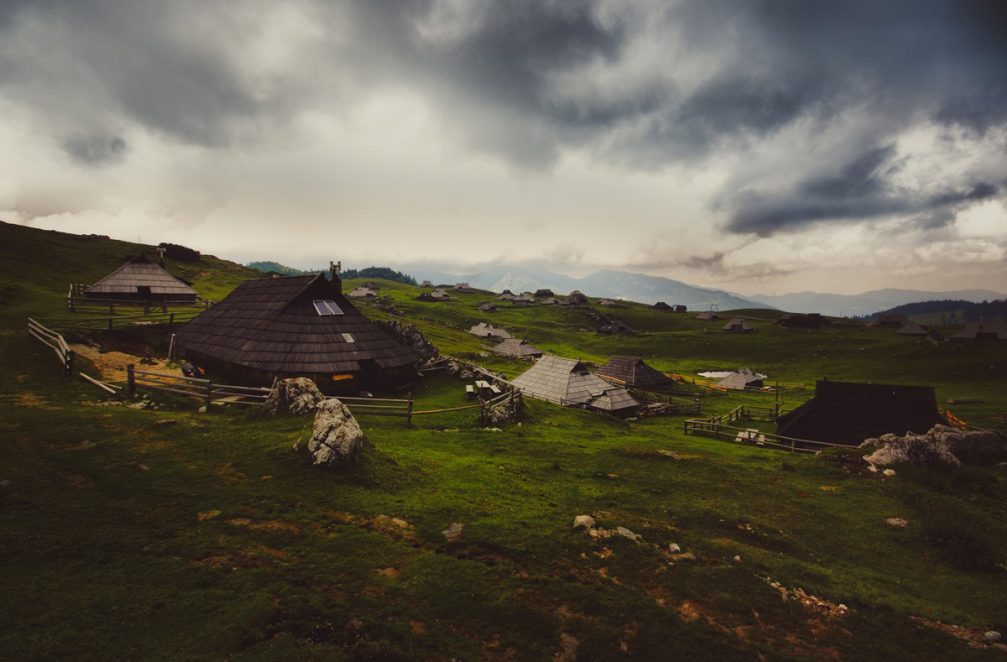
Warm days call for an escape from the heat of the city and into the mountains. On the 1,665 meters high Velika Planina plateau, you can explore the interesting traditional herdsmen’s huts, learn how to make dairy products and walk around freely on what is considered to be the most gorgeous alpine pasture in Slovenia. And if you visit Velika Planina from June to September you’ll also witness grazing cattle.
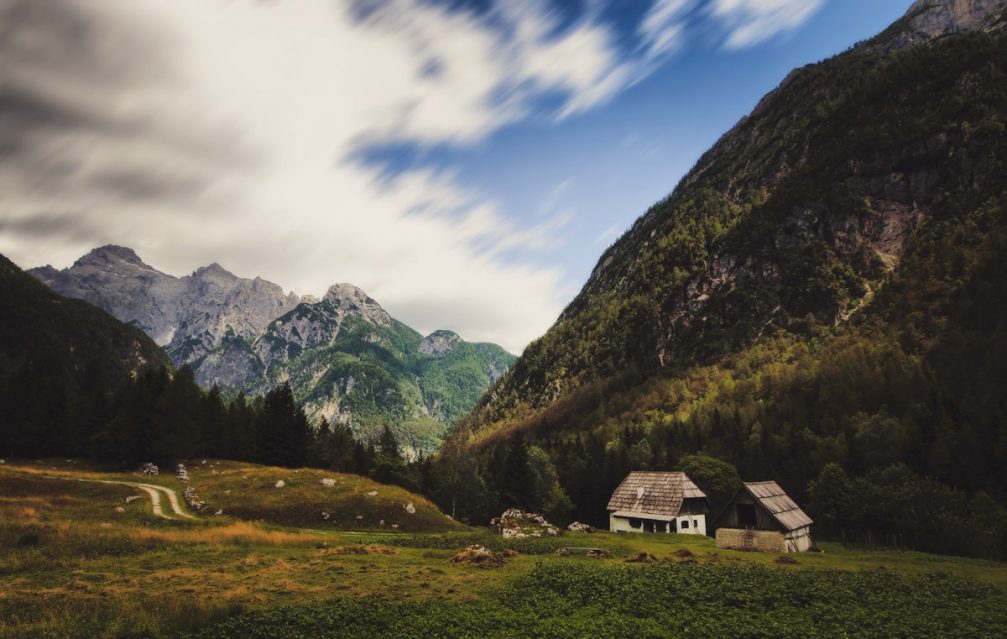
In the Triglav National Park there are the last still existent high altitude farms in Slovenia, where you can become familiar with life as it once was and enjoy stunning views on surrounding mountains.
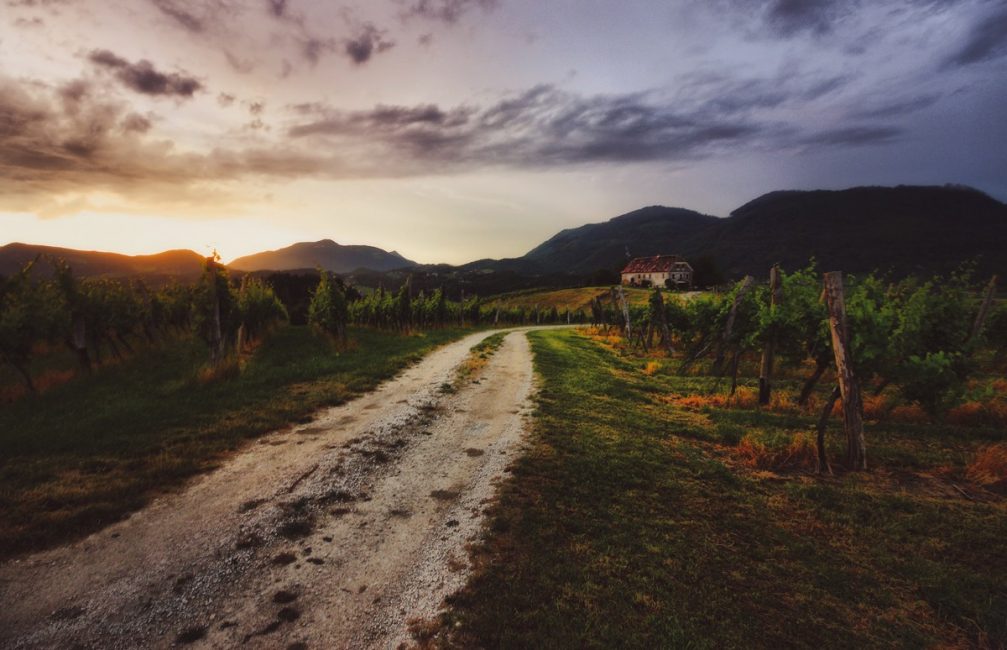
The hills around the Skalce village in the municipality of Slovenske Konjice in eastern Slovenia are covered with well-kept idyllic small vineyards. The area is known as the Natural Park Of Vineyards and is the place to go if you want to find out more about the wine of this region. There are numerous wineries here, and the best thing to do is just explore the area at your own pace, you will not be disappointed. The local wines here have been winning awards beginning in the mid-1990s when the Golden Hill Company first produced its Vitesko Vino wine. The nature along the wine route is really gorgeous and calming and you get a feeling of being with nature.
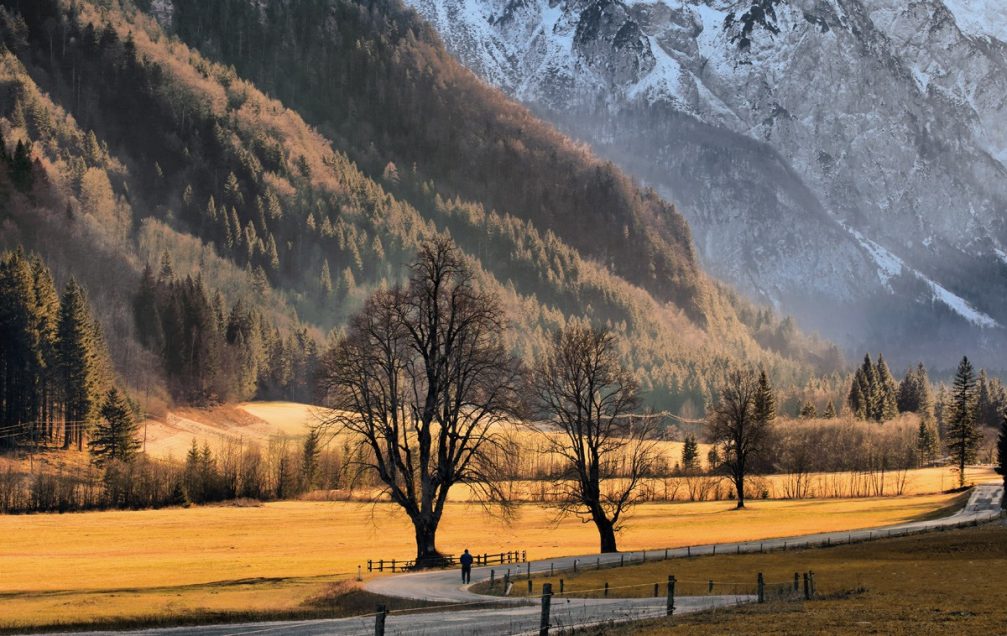
The trip through the Logarska Dolina valley is basically an unending string of stunning views. Despite the valley is rapidly growing in popularity with tourists, it remains undeveloped and in many ways, seemingly untouched by the hand of time.

The Mangart Saddle which is also known as the Mangart Pass is a high mountain pass in the Julian Alps in northwestern Slovenia. The saddle rises to 2,072 metres (6,798 feet) and offers a breathtaking view towards the Log Koritnica valley in Slovenia to the south and the Laghi di Fusine lakes in Italy to the north. From it one can attempt the ascent of Mt. Mangart, the third-highest peak in Slovenia at an elevation of 2,679 metres (8,789 feet). The Mangart Road that leads to the Mangart Saddle is the highest road in Slovenia and was built over a few months by the Italian Army in 1939. The road reaches 2,055 meters (6,742 feet) and has a gradient of 23 percent.
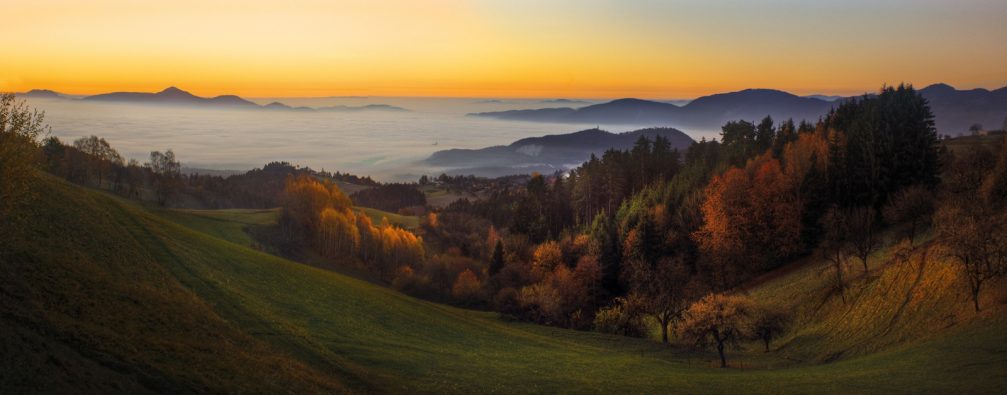
Gorenje Pri Zrecah is a small village that lies on the slopes of Pohorje at an elevation of 761 meters (2,496 feet) and offers picturesque views towards the valley.
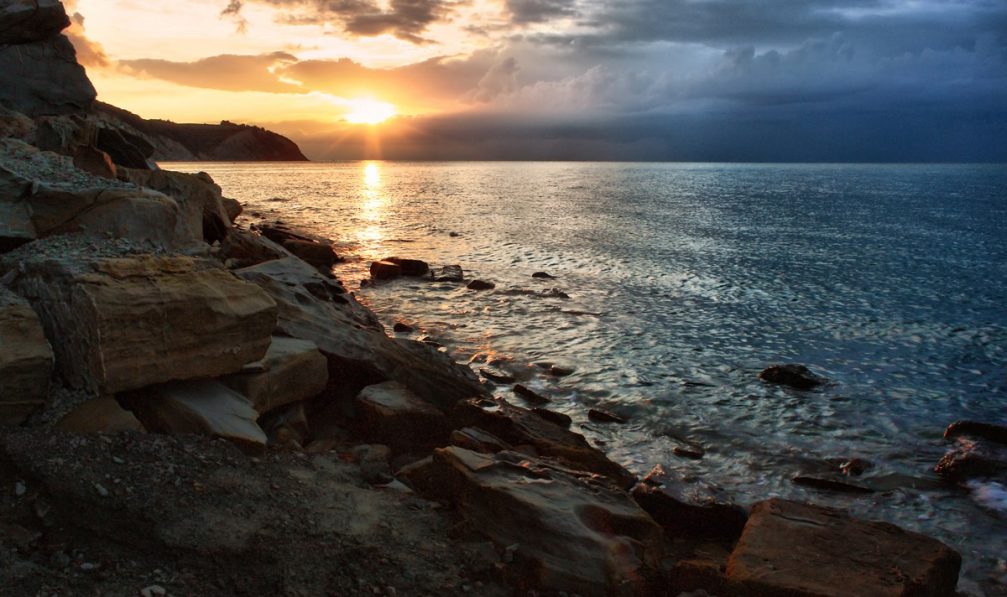
The coast of Slovenia, only 46 kilometres (28 miles) long, is situated at the far northern end of the Mediterranean, along the Gulf of Trieste, which is the northernmost part of the Adriatic Sea.
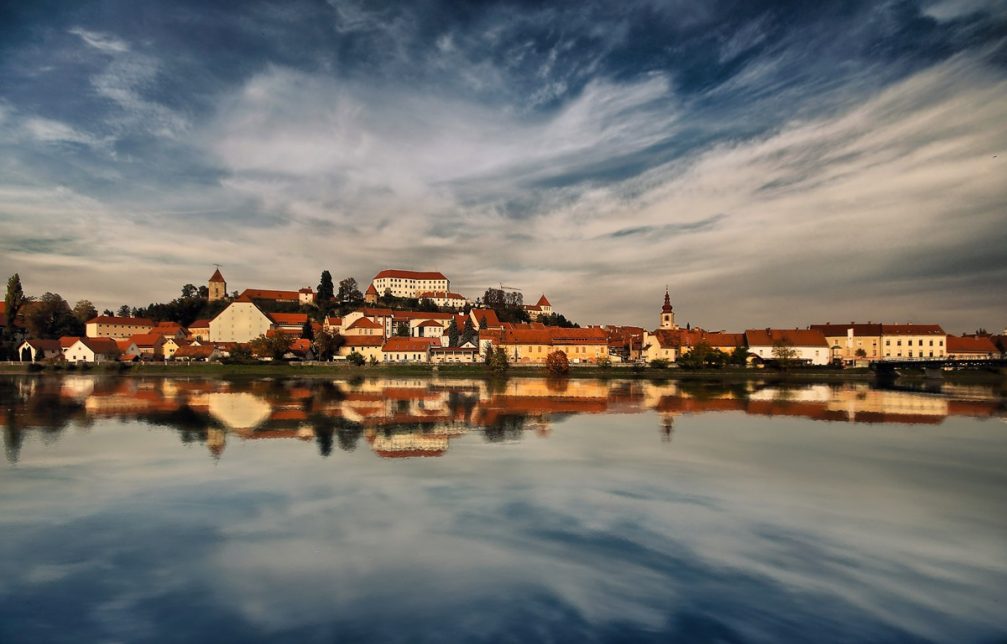
Stretching out across the Drava River, Ptuj is a gem of a town. It’s the oldest town in Slovenia and one of the oldest in the whole of Europe with a wonderful mix of well-preserved medieval, Romanesque, Gothic and Renaissance architectural styles.
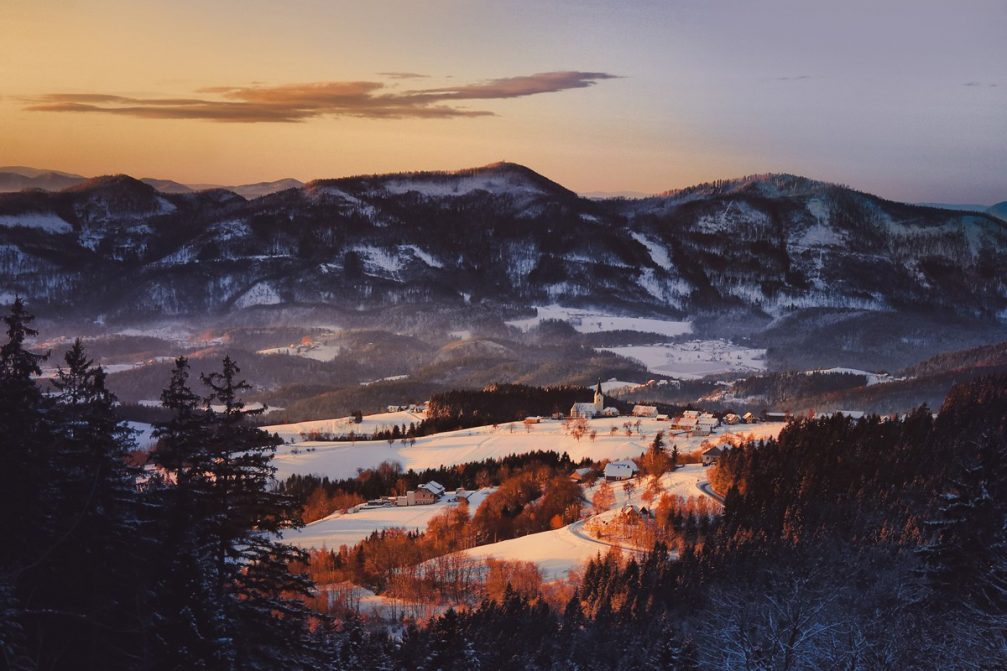
A wonderful elevated view of the Gorenje Pri Zrecah village located in the Pohorje Mountains at an elevation of 761 meters (2,496 feet). The village’s best known landmark is the Church of Saint Cunigunde which was first mentioned in the historical record as early as 1391, but the current building dates to 1899, when it was reconstructed in the Gothic style.

The rather unusual looking Church of Jesus Christ on the Rogla mountain at an elevation of 1,517 meters (4,977 feet) was built between 2006 and 2010. The church has three bells, a very impressive altar and notable church organ.
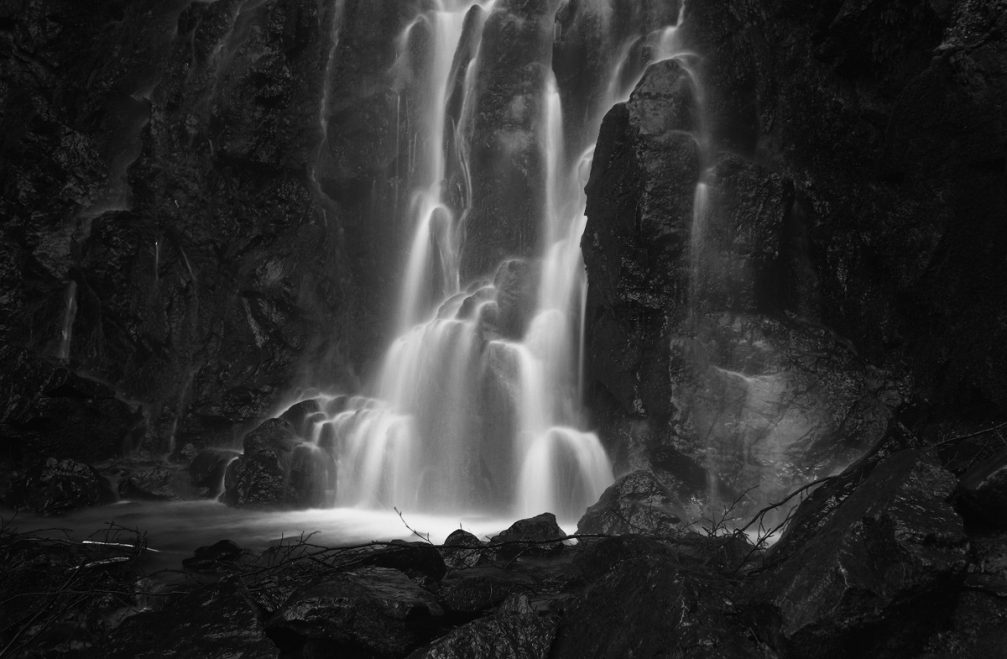
The Fram waterfall which is also known as the Skalca waterfall is a beautiful waterfall hidden in the woods of the eastern Pohorje Hills near the Hocko Pohorje village in northeastern Slovenia.
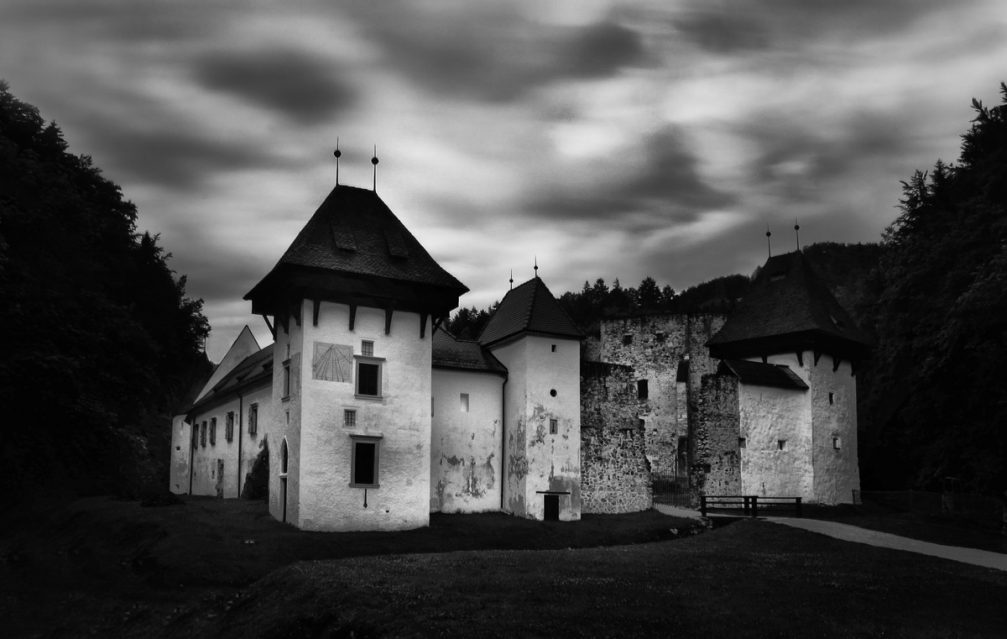
The Zice Charterhouse or Zicka Kartuzija as it is called in Slovene stands in the remote and narrow valley of Zice near the town of Slovenske Konjice. The first monks arrived here in the 12th century from France. This is the oldest Carthusian monastery in Slovenia and the first Carthusian monastery outside France and Italy. The first pharmacy in Slovenia was opened here and there’s also the oldest still-operating pub in Slovenia called Gastuz just outside the charterhouse. Today the charterhouse is a very important cultural monument with more than 20,000 visitors per year.
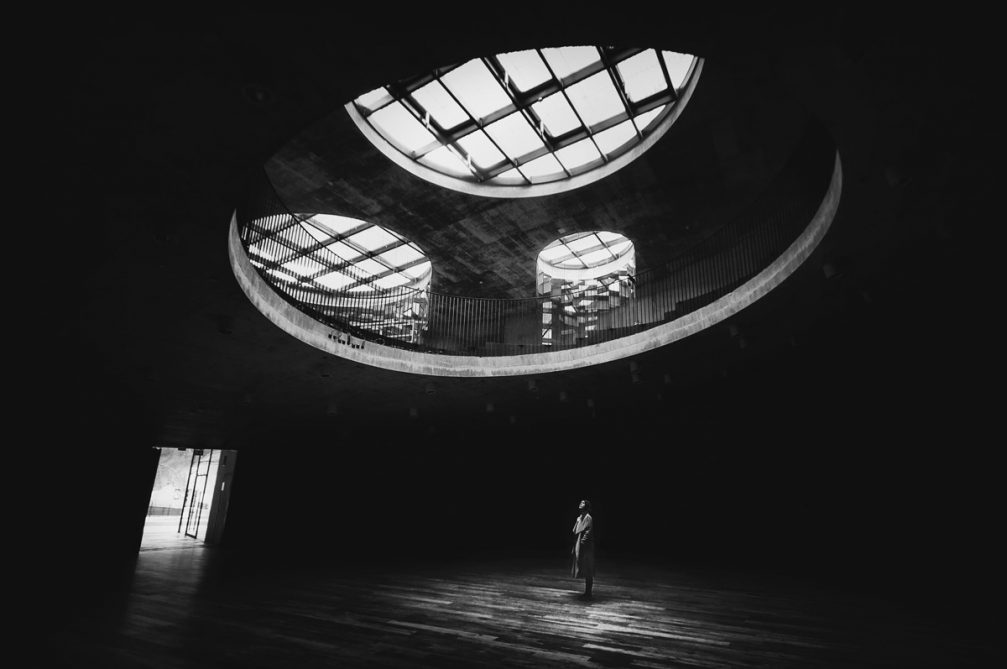
The Cultural Centre of European Space Technologies (KSEVT) was officially opened on September 6, 2012 in Vitanje, the hometown of Herman Potocnik Noordung an early rocket scientist and pioneer of cosmonautics. It’s an eponymous institute, promoting research in the fields of space culturalization. It’s designed to house social, cultural and scientific activities, conferences and club activities, as well as permanent and temporary exhibitions.
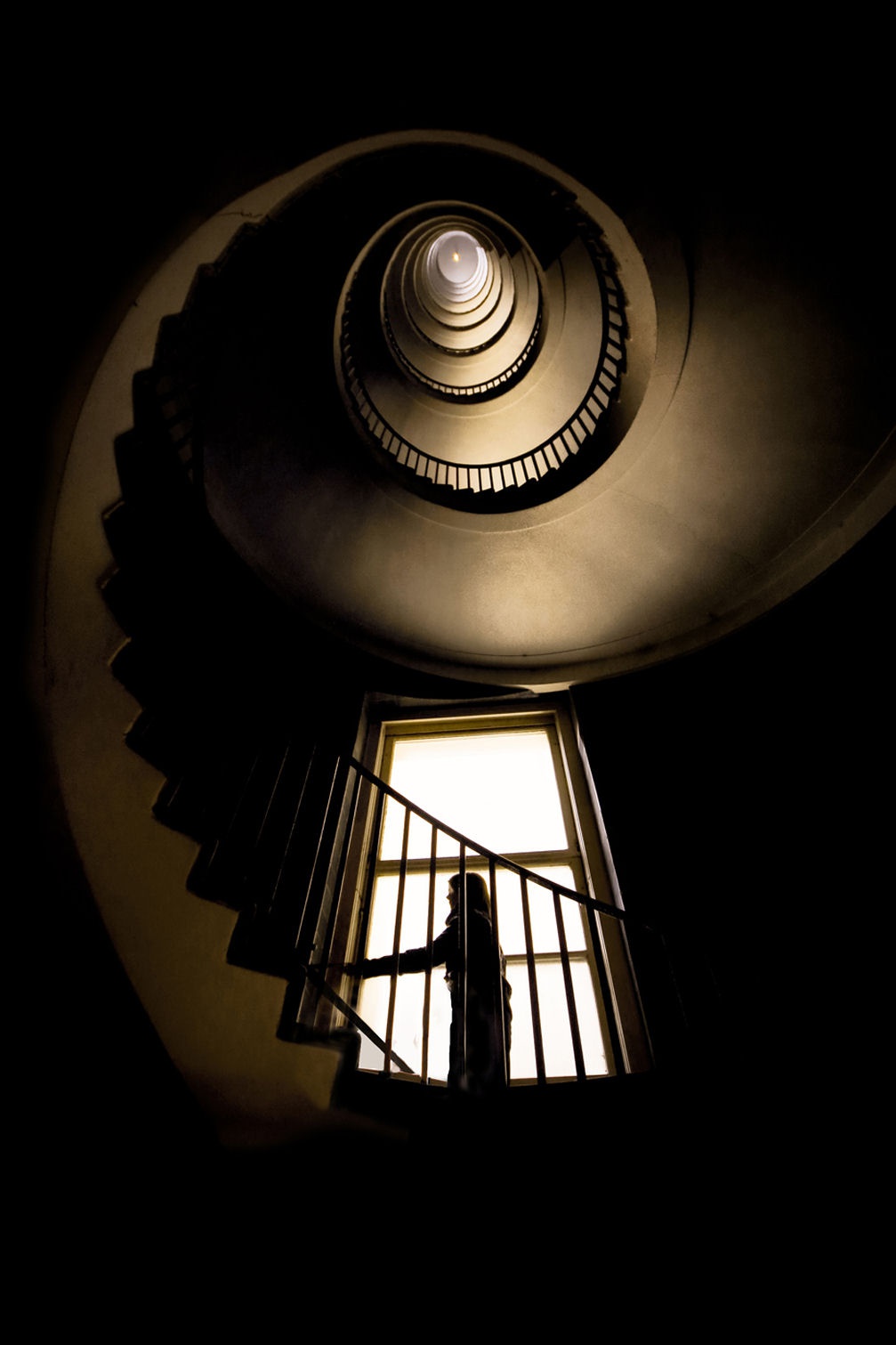
The Neboticnik skyscraper in Slovenia’s capital Ljubljana is a thirteen-story building that was built in 1933 and was at that time the tallest building in Central Europe. If you’re a fan of Art Deco architecture it’s a must see. Especially, make sure you take a look at the original wooden spiral staircase – stand at the bottom and look up.
| |
|---|
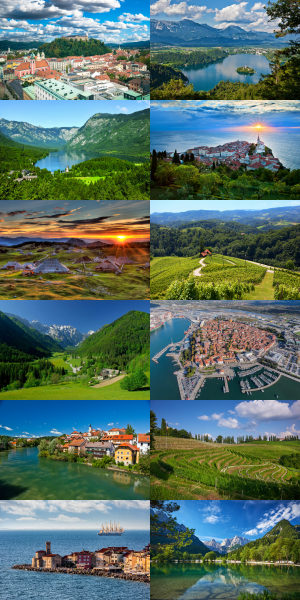 Discover beautiful Slovenia through amazing photos that will instantly make you want to visit and explore this delightful country in the heart of Europe. View more than 100 galleries with more than 5.500 landscape and nature photos from 50+ photographers! ENJOY! |
| |
|---|
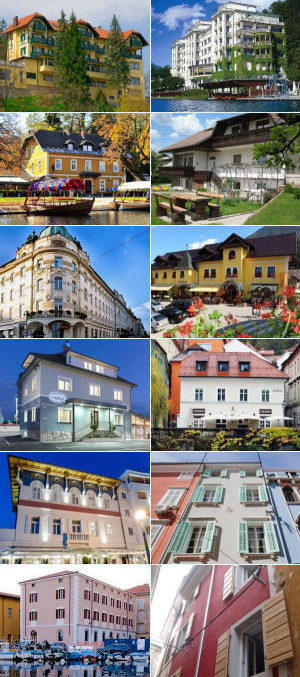 There is a wide array of options for accommodations in Slovenia, including hotels, guest houses, apartments, bed and breakfasts, hostels, camping and glamping sites and farm stays. Find out which places to stay in Slovenia we recommend and why! |


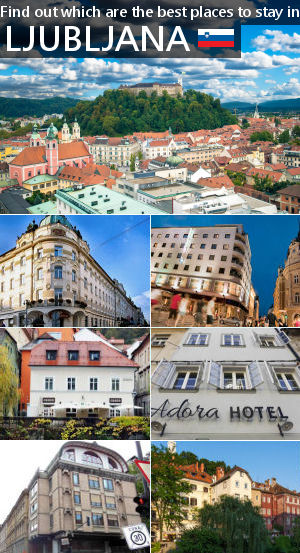
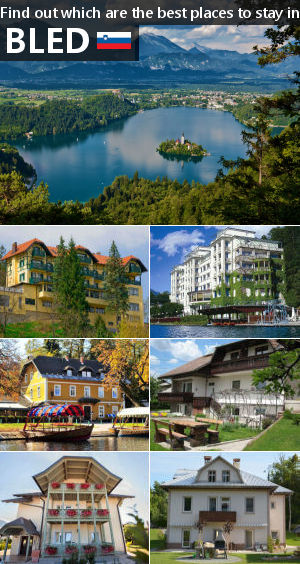
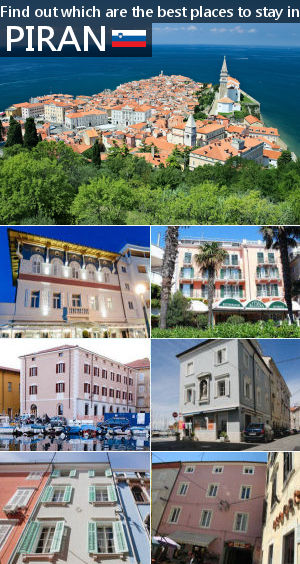

Breathtaking pictures.
The photos are incredible. I’ve always wanted to go to Slovenia. In fact, if I had my own way, I would have my wedding – when I decide to get married – in Slovenia, for sure, because of how beautiful it is.
Amazing pictures! I truly enjoyed all of them!
Prekrasne so. Prav oči si spočiješ. Kar gledala bi jih.
Prekrasne fotografije, ne morem se jih nagledati.
I love the photos! Slovenia has been on my travel bucket list for such a long time now – hopefully I can go there in the near future 🙂
Such pretty photos. I’ve always wanted to go to Slovenia, I don’t have any family there, so maybe i need to make some Slovenian friends haha.
Slovenia is so beautiful I really want to go back. Gorgeous photos as always!
Looks amazing. I’ve told the boyfriend this is non negotiable that we visit Slovenia at some point since we are so close (in Germany)
Ohh!! Slovenia!! I am coming to explore you !!
What a great set of pictures! We were in Slovenia a few years ago and absolutely loved it. This brought back such great memories and I wish we were were going back soon.
Amazing places, amazing photos! Unfortunately Slovenia is still on my dream destinations list.
Wow! Amazing pictures, Denis! They indeed take you to Slovenia!
Amazing pictures! My husband spent a week cycling across Slovenia, though he didn’t have much time to take pics (biking in Slovenia is hard work), though he said the landscapes mesmerized him.
Must…go to Slovenia.
It’s been on my radar for forever now. Can’t wait to finally make it a reality.
Slovenia remains one of our favorite places in the world. We traveled there in August 2012, visiting Bled, Bohinj, Piran and Ljubljana, never disappointed with the culture, people, food or beauty, it’s paradise. Can’t wait to return.
Čudovita galerija fotografij, pohvale avtorju
Will be there in two weeks. Always good to see something like this to get in the mood!
All those places look incredible! I’m going to get to as many as possible next year.
What amazing photos – I’d love to visit Slovenia soon. One of my best friends just returned from Slovenia and says it was one of the most beautiful countries she’s ever seen.
Stunning photos! Slovenia is definitely somewhere I want to visit soon.
Slovenia is right at the top of my list of countries to visit, beautiful photos.
Slovenia is so freakin’ beautiful, I miss it every day.
Absolutely one of my favourite countries in the world!
Nothing more to say except for: Gorgeous!